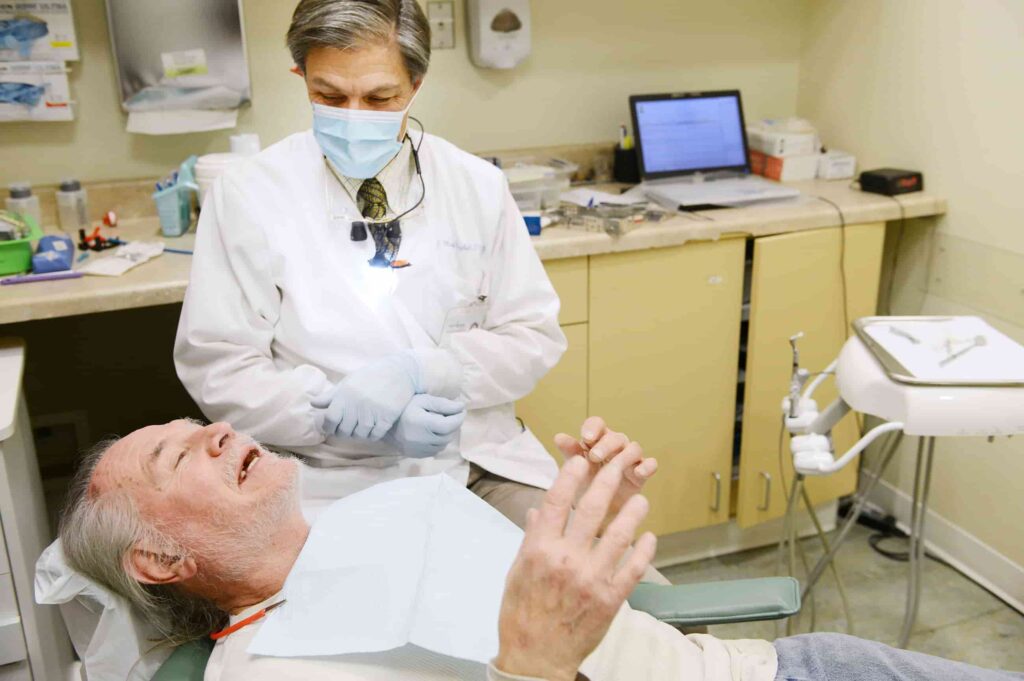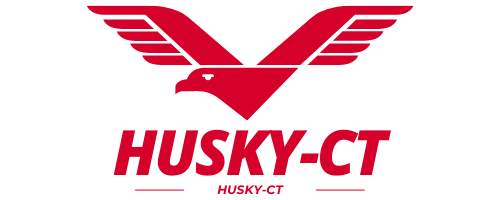Understanding The Income Limit For Husky C In CT- Explore!
Imagine a bridge to healthcare built not just with bricks but with calculated numbers. The income limits of HUSKY C Medicaid in CT support this bridge, offering access to health resources. Find out what and how you can meet the income limit to get this.
HUSKY C Medicaid program offers access to healthcare for residents with limited income. To qualify, individuals should earn less than $1,182/month, with asset limits of $1,600, and couples should make under $2,400 with similar asset limits.
Let’s go into the world of HUSKY C and reveal the eligibility & limit of this income.
The Husky C Program – Short Overview!

Connecticut’s Husky C program shines as a light of hope in healthcare. It extends its support to individuals and families, offering coverage and a lifeline of benefits that promote health and well-being.
The key to this program lies in its significance on inclusivity, with income limits as a central entry to accessing its advantages.
Income Limits – Significance in Husky C Program Eligibility!

Introduction to Income Limits:
The Husky C program’s eligibility criteria are attached around a fundamental concept known as income limits. These limits serve as a significant determinant, outlining the financial limit individuals and families must fall within to qualify for the program’s healthcare benefits.
More than just numerical thresholds, income limits reflect the program’s commitment to inclusivity and equitable access to healthcare resources.
Income Limits – Measure and Promise!
Income limits hold a dual role within the Husky C program – they function both as a measure and a promise. As a measure, income limits serve the need.
They are carefully calculated to identify individuals and families facing financial challenges and require support accessing healthcare services. The limitations create a standardized basis that helps distinguish those who can benefit most from the program’s support.
Understanding Income Limits for Husky C in Connecticut:

HUSKY C – Income and Asset Limit!
HUSKY C’s eligibility is fixed in a delicate balance of income and assets. To qualify, individuals must earn less than $1,182 monthly, equal to around 97% of the federal poverty level (FPL).
Alongside this, asset limits are in play: individuals should have under $1,600 in assets and must own assets under $2,400. These thresholds ensure that Medicaid coverage targets those in genuine need, safeguarding equal distribution.
Advancements Ahead: Enhancing HUSKY C Limits:
Connecticut’s dedication to healthcare access is returned in coming up with changes to HUSKY C’s income limits. The state budget assigns $8.5 million for the fiscal year 2025, aiming to raise the income limit to $1,267 monthly – an increase to 105% of the FPL.
While this signals a step toward broader coverage, there’s a visible point of view that this increase may need to be more beneficial to meet the community’s needs.
Seeking Equality – Bridging the Gap in Husky C!

An essential view in this article is Jodee MacDonald, a Stamford resident who directed HUSKY C’s terrain.
She raises a relevant question: Why not align HUSKY C’s income limits with those of HUSKY D? HUSKY D, catering to non-disabled adults under 65, boasts an income limit of 138% of FPL, currently set at $1,677 per month.
Furthermore, it operates without an asset limit, offering a more inclusive approach to healthcare access.
Expanding Support – Together for HUSKY C!
MacDonald supports the efforts to broaden HUSKY C’s view. Proposals aimed to raise income and asset limits to enhance coverage and reduce difficulties. While these ideas develop, they still need to reach the level of a formal vote.
Frequently Asked Questions:
1. What is the role of income limits in Husky C eligibility?
Income limits measure need and a guarantee of support for accessing Husky C benefits. They ensure that the program reaches those who require assistance the most and connects them to quality healthcare.
2. How does household composition impact Husky C eligibility?
The size of your family plays a crucial role in determining your eligibility for Husky. The number of people in your household and your income influence whether you qualify for the program.
3. What steps are involved in applying for Husky C?
Applying for Husky C is a straightforward process. The key steps include accurately reporting your income and following the application process to ensure you receive the healthcare coverage you deserve.
4. What happens if an individual’s income exceeds Husky C’s income limits?
If an individual’s income exceeds the income limits for Husky C, they might not qualify for the program. However, alternative healthcare options are available to ensure that their health needs are still addressed.
5. Who can I contact for more information about Husky C and its eligibility?
For detailed information about the Husky C program, eligibility criteria, and any changes, contact the Connecticut Department of Social Services or visit their website.
Conclusion:
To get the Husky C Medicaid program, you should earn less than $1,182/month, with asset limits of $1,600, and couples should make under $2,400 with similar asset limits. HUSKY C offers access to healthcare for residents with limited income.
After reaching the end, you must have got to know what is the income limit for Husky C.




